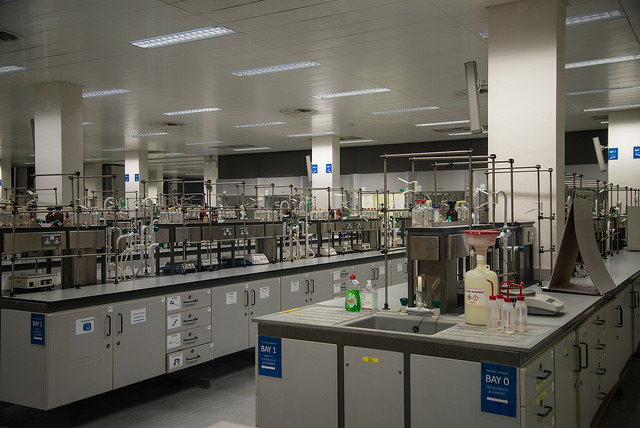Trinity researchers have developed a data-mapping method that will improve the quality of dietary data collected by short frequency questionnaires. The research findings have just been published in the international, peer-reviewed Frontiers in Nutrition journal.
The team developed a new algorithm using information from the National Preschool Nutrition Survey database. This information was then applied to the longitudinal Growing Up in Ireland study. The study assesses the dietary intake of healthy and unhealthy foods by three-year-old children in Ireland.
The augmented data were analysed to examine all food groups described in the study, and what proportion of foods were covered, non-covered, or partially-covered by the food groups in the study, as a percentage of the total number of consumptions.
Food consumption that could not be mapped according to the study’s food groups was termed “non-covered”. This accounted for 34 per cent. Examples of “non-covered” foods include fruit juice, ice-cream and ready-to-eat breakfast cereals.
Researchers interested in focusing on specific foods could use this approach to assess the proportion of foods covered, non-covered, or partially-covered by reference to the mapped food database. These results can be used to improve the questionnaires for future studies and improve the capacity to identify diet-disease relationships.
Co-author Michael Crowe said in a press release: “Using this approach to successfully map datasets from different surveys should help improve the quality of the data that can be estimated using short frequency questionnaires, therefore, improving the potential to identify diet-disease relationships. This new research will interest those professionals involved in understanding dietary intake, including nutrition scientists, dieticians and health care professionals.”
The study was part of a larger project in Trinity’s dental hospital that aims to determine the links between dental problems in children and risk factors like diet, weight and general health.







